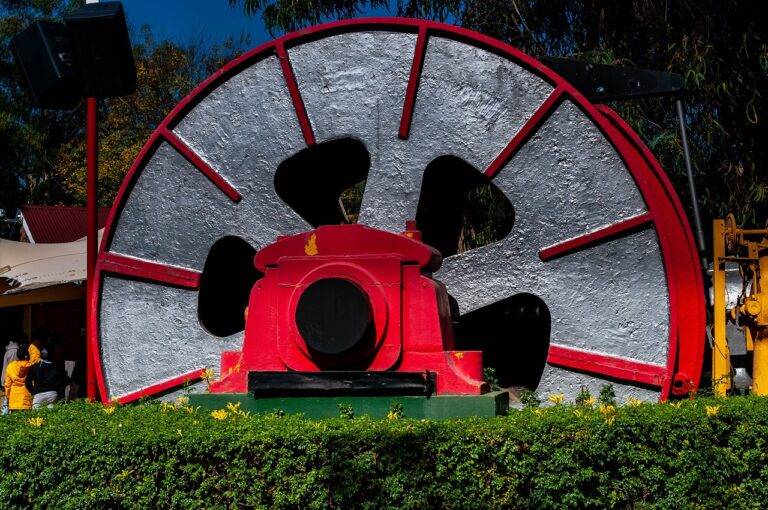Sustainability in the Animation Industry: Eco-Friendly Practices
The animation industry faces significant challenges when it comes to adopting eco-friendly practices. One major obstacle is the high energy consumption required for rendering complex animations. This energy usage not only contributes to carbon emissions but also leads to increased operating costs for animation studios. Additionally, the disposal of electronic waste generated from outdated equipment used in the animation process poses an environmental threat that the industry must address.
Moreover, the fast-paced nature of animation production often results in tight deadlines, leaving little time for implementing sustainable practices. This pressure to deliver projects quickly can lead to a focus on meeting client demands rather than prioritizing environmentally-friendly solutions. In an industry driven by innovation and creativity, finding the balance between artistic vision and eco-conscious practices proves to be a persistent challenge for animation studios.
Impact of Animation Production on the Environment
The animation industry has experienced significant growth in recent years, leading to a higher demand for content creation. However, this surge in production has also resulted in increased environmental impacts. From the energy consumption of rendering farms to the carbon emissions from production facilities, the animation industry is facing challenges in minimizing its ecological footprint.
Furthermore, the use of materials such as paper, plastic, and electronic equipment in animation production contributes to waste generation and pollution. Often, these materials end up in landfills or are incinerated, further exacerbating the industry’s environmental impact. As concerns about climate change and sustainability continue to grow globally, it is essential for animation studios to implement eco-friendly practices to mitigate their effects on the environment.
Strategies for Reducing Carbon Footprint in Animation Studios
Animation studios can significantly reduce their carbon footprint by implementing energy-efficient practices in their production processes. One effective strategy is to utilize natural lighting and ventilation whenever possible to reduce energy consumption. Additionally, studios can invest in renewable energy sources such as solar panels to power their operations in a sustainable manner.
Another way for animation studios to reduce their carbon footprint is by optimizing their equipment usage and maintenance. Regular maintenance and upgrades to equipment can improve energy efficiency and prolong the lifespan of machines, ultimately reducing the need for frequent replacements that contribute to environmental waste. By being mindful of their energy usage and making environmentally conscious decisions, animation studios can play a vital role in protecting the planet for future generations.





